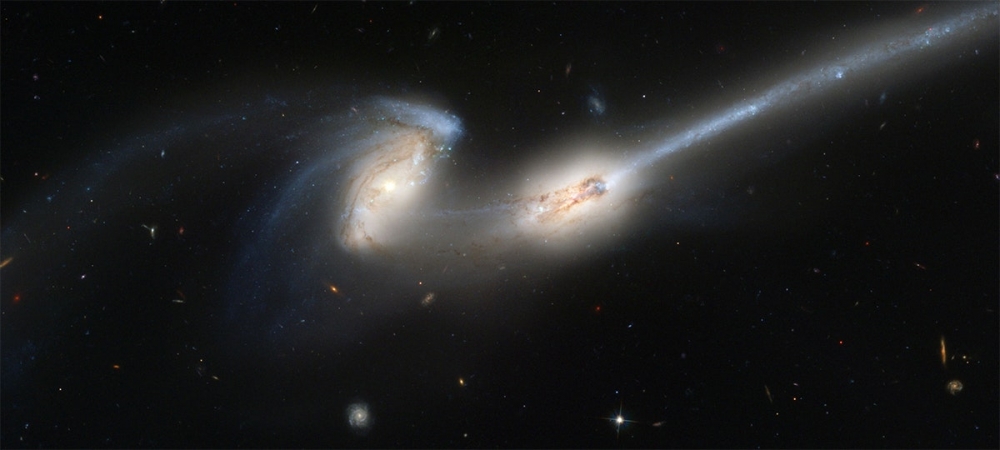Dark energy may not exist

A model of the universe that takes into account the irregular distribution of galaxies may make dark energy disappear.
NASA, H. FORD (JHU), G. ILLINGWORTH (UCSC/LO), M. CLAMPIN (STSCI), G. HARTIG (STSCI), THE ACS SCIENCE TEAM AND ESA
Research finds a possible explanation for accelerating cosmic expansion that challenges standard cosmological models.
Stuart Gary reports.
The accelerating expansion of the universe due to a mysterious quantity called “dark energy” may not be real, according to research claiming it might simply be an artefact caused by the physical structure of the cosmos.
The findings, reported in the Monthly Notices of the Royal Astronomical Society, claims the fit of Type Ia supernovae to a model universe with no dark energy appears to be slightly better than the fit using the standard dark energy model.
The study’s lead author David Wiltshire, from the University of Canterbury in New Zealand, says existing dark energy models are based on a homogenous universe in which matter is evenly distributed.
“The real universe has a far more complicated structure, comprising galaxies, galaxy clusters, and superclusters arranged in a cosmic web of giant sheets and filaments surrounding vast near-empty voids”, says Wiltshire.
Current models of the universe require dark energy to explain the observed acceleration in the rate at which the universe is expanding.
See full text